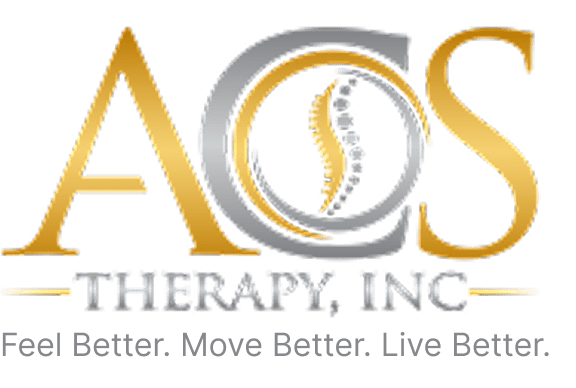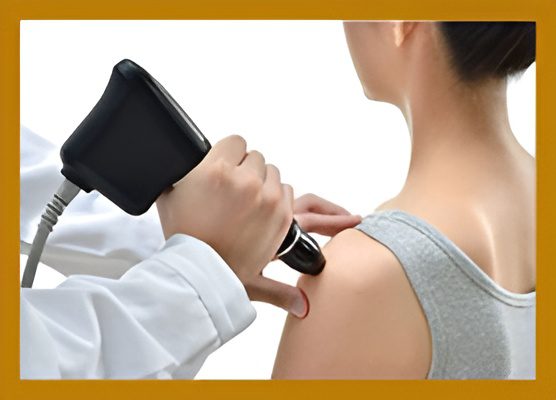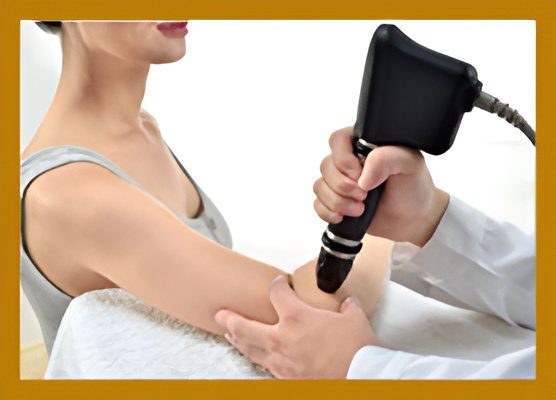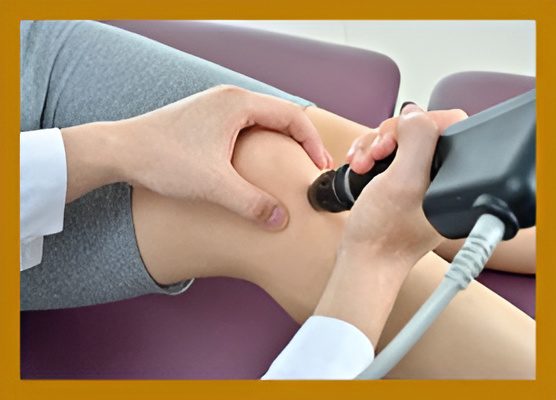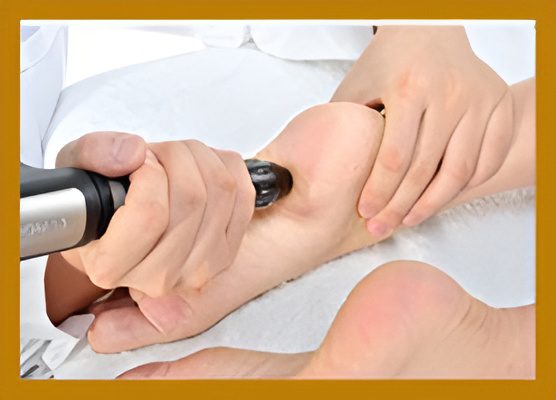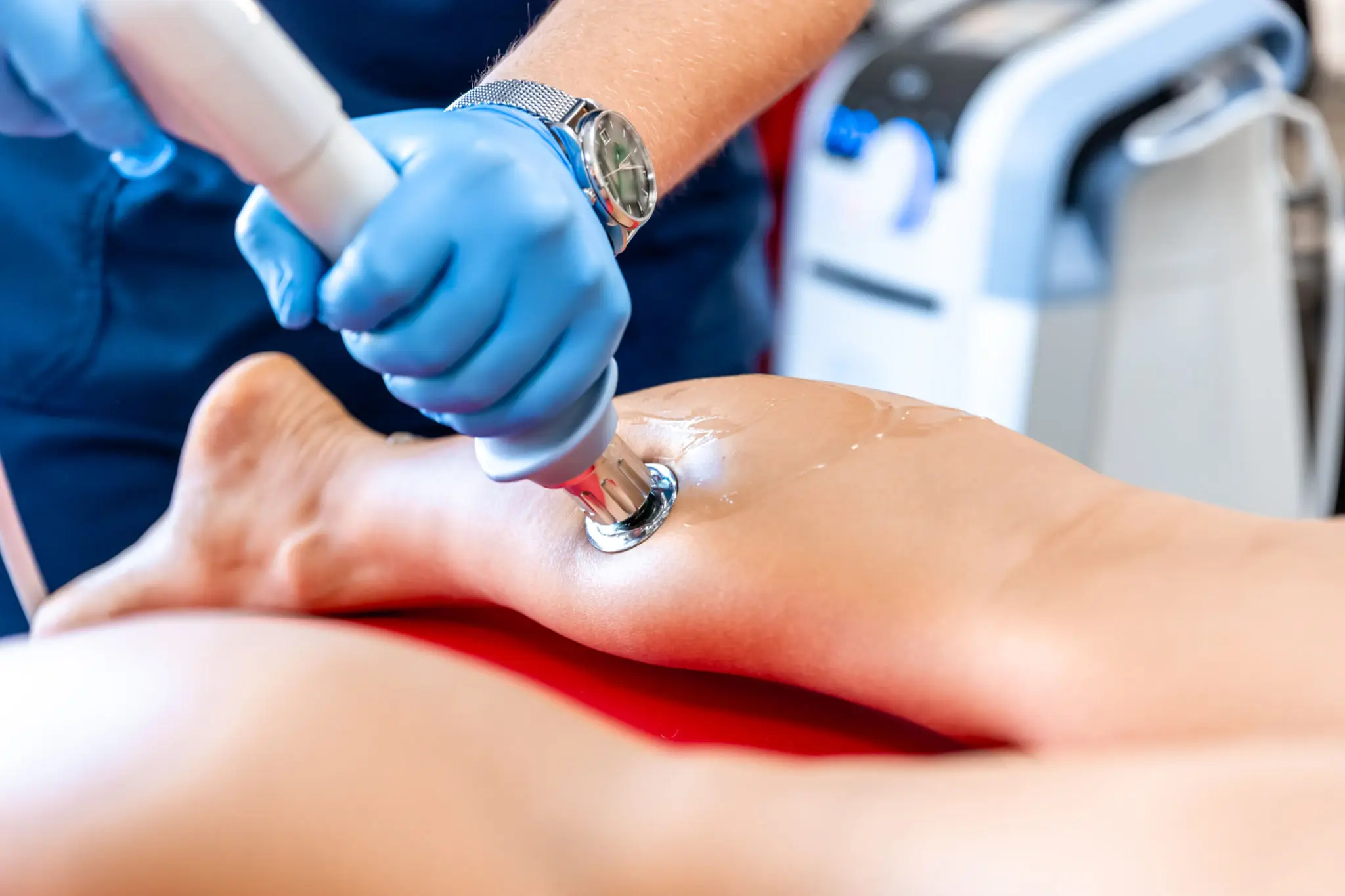Are There Side Effects From RPW Therapy?
There have been very few side effects reported. Patients may feel some soreness in the treated area for a day or two afterward, like a bruise, but that’s normal and is a sign the treatment is working. There may also be some temporary numbness or tingling in the treated area.
What is the Success Rate of RPW Shockwave Therapy?
The majority of patients who use this treatment enjoy positive results. In clinical studies, about 91% of patients reported successful results, including a decrease in chronic pain, increase in mobility, and other health improvements. RPW has a proven success rate that is equal to or greater than that of traditional treatment methods, including surgery, without the risks, complications, or lengthy recovery periods. There are no incisions and no risk of infection, or scar tissue, like there are with surgery.
Is Shockwave and Ultrasound the Same Thing?
Shock waves are single, mainly positive pressure pulses that are followed by comparatively small tensile wave components. Ultrasound applies an alternating high frequency load to the tissue, with a frequency range of several megahertz, which can lead to heating, tissue tears and cavitation at high amplitudes. Although both radial shockwave and ultrasound therapies were found to be effective in patients with plantar fasciitis, the statistical analysis showed that radial shockwave is significantly more effective than ultrasound therapy.
When combined with our Class IV Low Level Laser, many conditions have shown to heal within 6 to 8 treatments.
